UNESCO sites in Europe boast an impressive collection of over 500 World Heritage Sites, ranging from natural wonders to lesser-known hidden gems that might surprise you. If you’re planning to travel to Europe, it’s essential to explore these remarkable destinations. Europe, often hailed as the cradle of Western civilization, played a pivotal role in shaping the course of history despite being smaller in size compared to its neighboring continents.
UNESCO Sites in Europe
Throughout its history, Europe has been the stage for various pivotal historical epochs that left a profound impact on the world. This rich historical legacy, combined with its breathtaking natural beauty and cultural diversity, makes Europe an enticing destination for travelers.
When embarking on a European journey, it’s a fantastic idea to include visits to some of the continent’s renowned landmarks, especially the UNESCO World Heritage Sites. These sites not only showcase Europe’s magnificent history but also celebrate its rich cultural heritage and stunning natural landscapes.
Top 10 UNESCO World Heritage Sites in Europe
Now, let’s delve into a curated list of the top 50 UNESCO World Heritage Sites in Europe, each offering a unique blend of history, culture, and natural splendor that promises an unforgettable experience.
Acropolis Athens, Greece
The Acropolis in Athens stands as one of the world’s most renowned UNESCO sites and a premier attraction in the city. This historic site boasts a plethora of ancient ruins, including an amphitheater, a temple dedicated to the goddess Athena, and the iconic Parthenon, the most celebrated among them.
To make the most of your visit, it’s advisable to arrive early in the morning when the gates open at 8 a.m. or later in the evening after the day’s tours have concluded. Additionally, don’t miss the chance to explore the new Acropolis Museum, which houses numerous artifacts unearthed at the site.
The Acropolis of Athens stands as an enduring testament to the legacy bestowed upon the world by Ancient Greece during the establishment of democracy in the city-state. Following their victory over the Persians, Athenian artisans and craftsmen meticulously constructed the Acropolis and its architectural marvels on the rugged hill. This endeavor served as a tribute to the ideals and arts of the era.
Key components of this architectural and artistic masterpiece include the Parthenon, the Erechtheion, the Propylaea, and the diminutive Athena Nike temple. These structures collectively represent Athens’ significant contribution to culture and civilization, preserving the essence of its rich history for generations to come.
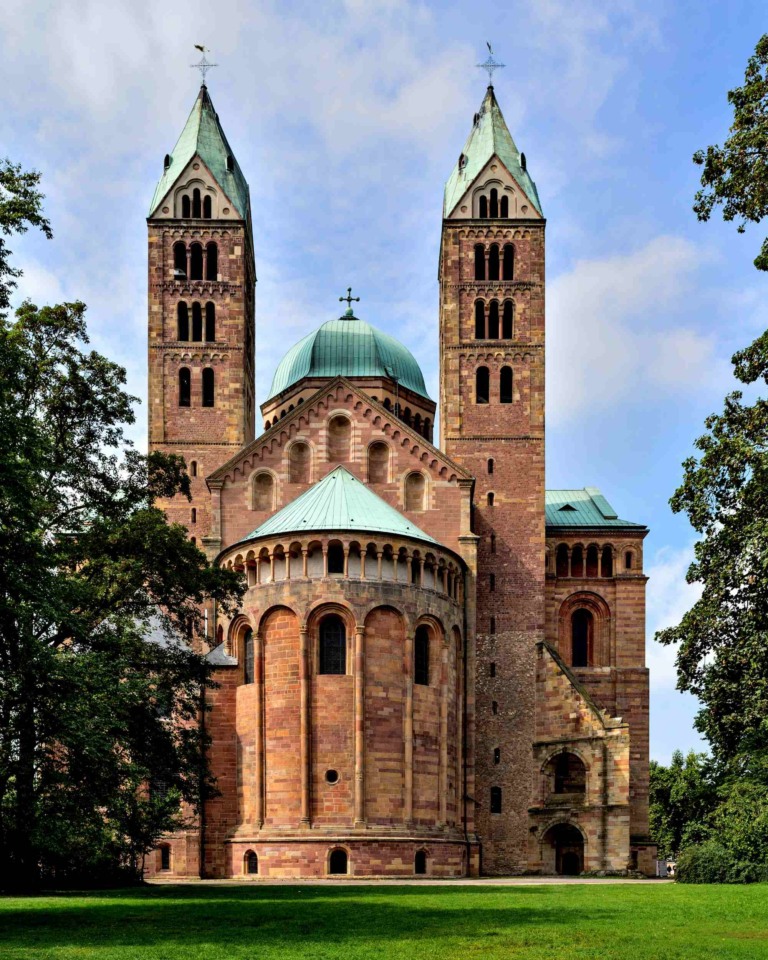
Speyer Cathedral Germany
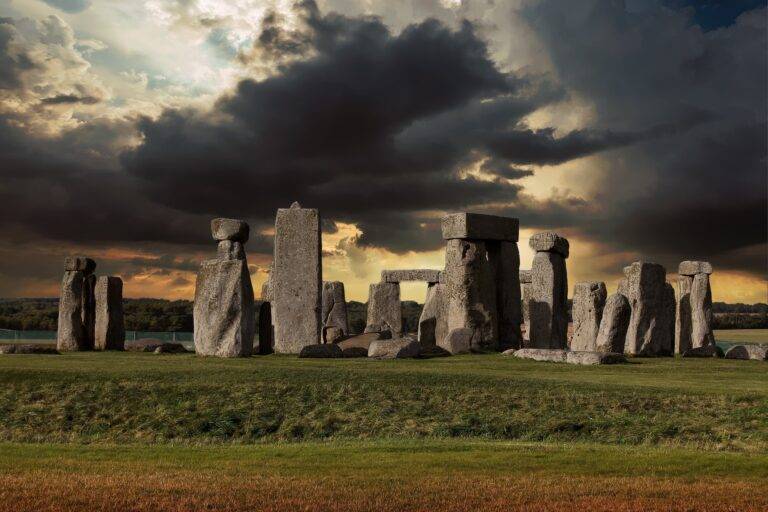
Stonehenge Avebury and Associated Sites
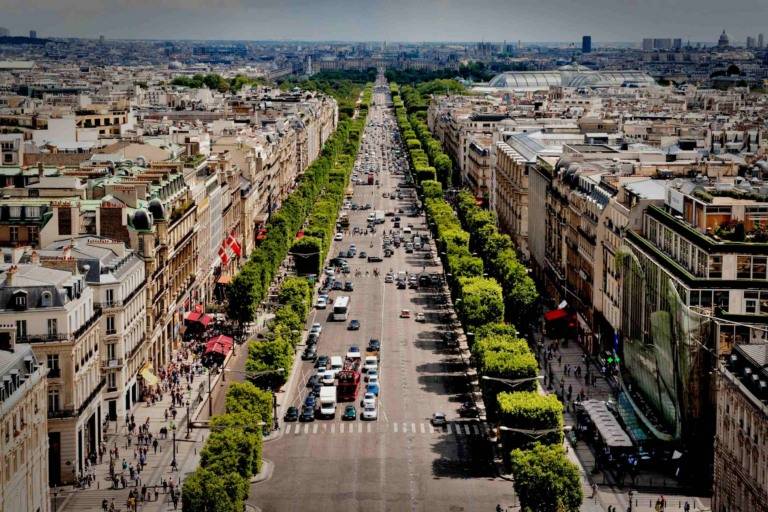
Paris Banks of the Seine
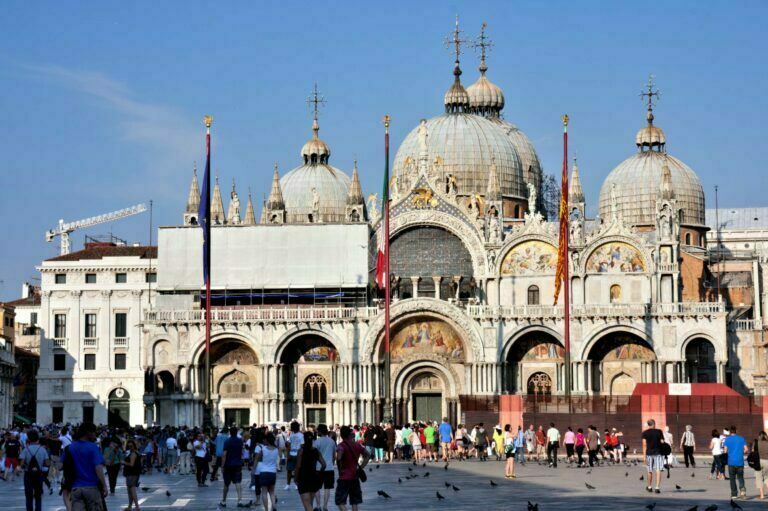
Venice and its Lagoon
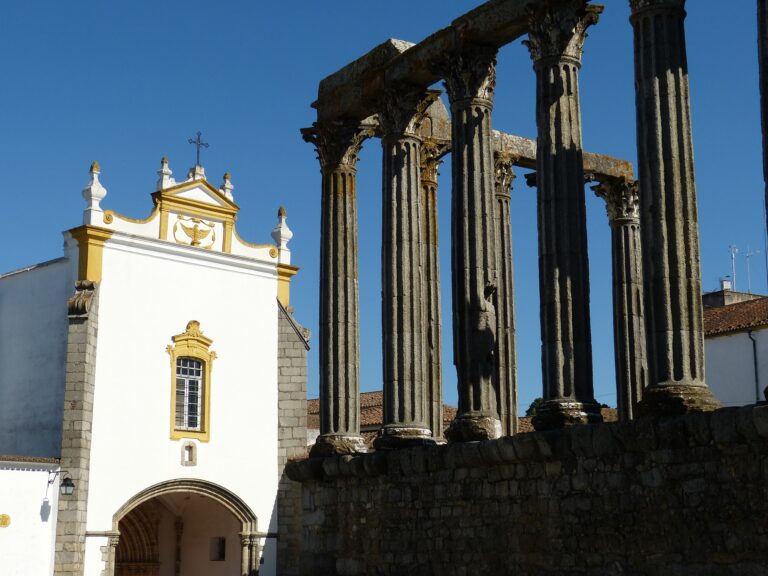
Evora Portugal
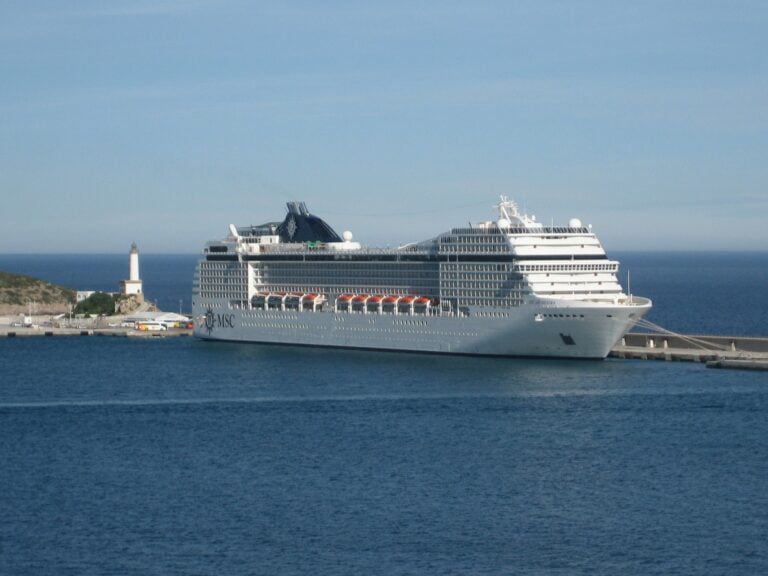
Ibiza Spain
Historic Centre of Prague
The Historic Center of Prague, located in the Czech Republic, is divided into three distinct areas: Old Town, Lesser Town, and New Town. Each of these areas offers a unique blend of historical and architectural attractions.
Old Town is characterized by its picturesque Old Town Square, the iconic Charles Bridge, and the renowned Astronomical Clock. These landmarks showcase the rich history and charm of this part of Prague.
Lesser Town, on the other hand, is situated along the banks of the Vltava River and is home to the impressive Prague Castle. This area offers breathtaking views and a sense of grandeur, with the castle serving as a prominent highlight.
Meanwhile, New Town is where you’ll find the bustling Wenceslas Square, adding a touch of modernity to the city’s historical landscape. Nestled within one of Europe’s most beautiful cities, the Historic Center of Prague stands as a testament to architectural excellence spanning various periods of history.
Among its grand structures are the majestic Prague Castle, the awe-inspiring Cathedral of St. Vitus, the enchanting Gothic Charles Bridge, the venerable Rotunda of the Holy Rood with its Romanesque design, and the medieval church of the Nativity of the Virgin Mary, among numerous others. These architectural gems collectively represent the historical and cultural wealth that Prague’s historic center proudly presents to the world.
Historic Areas of Istanbul
The historic areas of Istanbul, Turkey, are strategically located on the Bosphorus peninsula, connecting the Balkans to Anatolia and the Black Sea to the Mediterranean. Istanbul’s significance spans over 2,000 years, as it served as the capital of both the Eastern Roman Empire and the Ottoman Empire, shaping political, religious, and artistic history.
Nestled within natural features like the Golden Horn, Bosphorus, and Marmara Sea, Istanbul’s Historic Peninsula, once home to Byzantium and Constantinople, is enclosed by ancient walls dating back to Theodosius in the fifth century. The city’s Outstanding Universal Value lies in its unique blend of architectural wonders, reflecting the crossroads of Europe and Asia throughout centuries.
Its iconic skyline, shaped by Byzantine and Ottoman architects, showcases landmarks like the 6th-century Hagia Sophia, the 15th-century Fatih complex and Topkapi Palace, the masterpieces of Sinan from the 16th century like the Süleymaniye Mosque complex, the 17th-century Blue Mosque, and the elegant minarets of the New Mosque, completed in 1664.
The property encompasses four distinct areas: the archaeological park at the historic peninsula’s tip; the Suleymaniye quarter with the Suleymaniye Mosque complex, bazaars, and vernacular settlements; the Zeyrek area centered around the Zeyrek Mosque (formerly the church of the Pantocrator); and the region along both sides of the Theodosian land walls, including remnants of the former Blachernae Palace.
These areas showcase architectural achievements across imperial periods, featuring structures like the Blue Mosque, Sokollu Mehmet Pasha Mosque, Topkapi Palace, and various building types such as baths, cisterns, and tombs, all contributing to Istanbul’s exceptional historical and cultural significance.
Historic Centre of Saint Petersburg and Related Groups of Monuments
The Historic Centre of Saint Petersburg and Related Groups of Monuments in Russia, often referred to as the ‘Venice of the North’ due to its numerous canals and over 400 bridges, is the remarkable outcome of an extensive urban project initiated in 1703 under the reign of Peter the Great.
Positioned along the Neva River and at the Gulf of Finland on the Baltic Sea, Saint Petersburg boasts an impressive collection of well-preserved palaces and structures, many of which exude baroque and neo-classical architectural styles. A visit to Russia would be incomplete without exploring the Peter and Paul Fortress and its magnificent cathedral on Zayachy Island.
Saint Petersburg is a cultural hub, brimming with over 200 museums, galleries, and more than 2,000 libraries and theaters. It undoubtedly serves as the epicenter of Russia’s artistic and cultural heritage, inviting visitors to immerse themselves in the country’s rich artistic legacy.
534 UNESCO sites in Europe
| Rank | Country | Site |
|---|---|---|
| 1. | Italy | 58 |
| 2. | Spain | 49 |
| 3. | Germany | 51 |
| 4. | France | 49 |
| 5. | United Kingdom | 33 |
| 6. | Russia | 30 |
| 7. | Greece | 18 |
| 8. | Turkey | 19 |
| 9. | Portugal | 17 |
| 10. | Poland | 17 |
| 11. | Sweden | 15 |
| 12. | Czech Republic | 14 |
| 13. | Belgium | 13 |
| 14. | Switzerland | 12 |
| 15. | Netherlands | 10 |
| 16. | Austria | 10 |
| 17. | Denmark | 10 |
| 18. | Bulgaria | 10 |
| 19. | Croatia | 10 |
| 20. | Norway | 8 |
| 21. | Hungary | 8 |
| 22. | Romania | 8 |
| 23. | Ukraine | 7 |
| 24. | Slovakia | 7 |
| 25. | Finland | 7 |
| 26. | Serbia | 5 |
| 27. | Slovenia | 4 |
| 28. | Albania | 4 |
| 29. | Belarus | 4 |
| 30. | Lithuania | 4 |
| 31. | Montenegro | 4 |
| 32. | Iceland | 3 |
| 33. | Cyprus | 3 |
| 34. | Malta | 3 |
| 35. | Bosnia & Herzegovina | 3 |
| 36. | Ireland | 2 |
| 37. | Latvia | 2 |
| 38. | Andorra | 1 |
| 39. | Luxembourg | 1 |
| 40. | North Macedonia | 1 |




